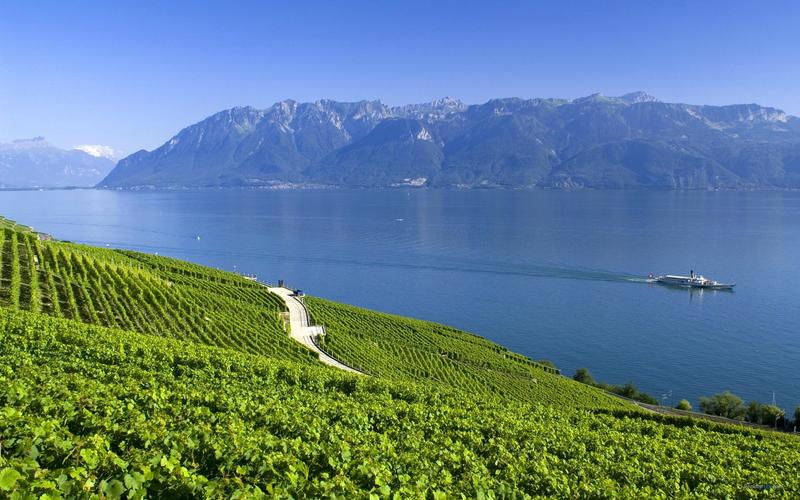Unpacking the Concept: What is the Blending of Cultural Traditions?
Cultural traditions are the stories, customs, beliefs, and practices that define a particular group of people or society. It is what sets them apart and gives them a unique identity. Blending of cultural traditions refers to the process of merging two or more cultures to create something new, while still acknowledging the original cultures.
Cultural blending has been happening for centuries, as people migrate and intermingle with others, resulting in the exchange of ideas and practices. This exchange can lead to the adoption of new practices, which become part of the cultural tradition. However, it is not always a smooth process, as there are often clashes between different cultural practices and values.
The Importance of Blending Cultural Traditions
Blending cultural traditions is important because it promotes diversity and inclusivity. It recognizes and celebrates differences while finding common ground to bridge gaps. Blending cultural traditions is also a way of preserving cultural heritage, as it ensures that traditions are not lost with time.
In a world where globalization is rapidly progressing, blending cultural traditions is also a way of staying relevant. It allows individuals and societies to adapt to changing conditions and remain open to new ideas and practices. Blending cultural traditions also fosters innovation and creativity, as different perspectives and ideas are brought together to create something new.
Examples of Blending Cultural Traditions
One of the most famous examples of blending cultural traditions is the fusion of African and American culture in Jazz music. Jazz music originated in the African American community in the late 19th and early 20th century and is a blend of African rhythms, European harmony, and American blues. Jazz music has since become a global phenomenon and is a testament to the power of cultural blending.
Another example of blending cultural traditions is the creation of fusion cuisine. This involves combining different culinary traditions to create something new and exciting. For example, Korean-Mexican fusion cuisine has become increasingly popular in recent years, blending Korean flavors with Mexican dishes.
The Challenges of Blending Cultural Traditions
While blending cultural traditions has many benefits, it is not without its challenges. One of the biggest challenges is finding a balance between preserving cultural heritage and adapting to new circumstances. When cultures blend, there is often a fear that traditions and practices will be lost, which can lead to resistance and conflict.
Another challenge of blending cultural traditions is the clash of values and beliefs. Different cultures have different values and beliefs, and when they come together, there can be tension and disagreement. Finding common ground and respecting differences is essential for successful blending of cultural traditions.
Conclusion
In conclusion, blending cultural traditions is a complex but important process that promotes diversity, inclusivity, and innovation. It allows individuals and societies to adapt to changing circumstances while preserving cultural heritage. While there are challenges involved in the blending of cultural traditions, they can be overcome through respect, communication, and finding common ground. Cultural blending is the way of the present and the future, and it is essential for creating a harmonious and inclusive society.
(Note: Do you have knowledge or insights to share? Unlock new opportunities and expand your reach by joining our authors team. Click Registration to join us and share your expertise with our readers.)
Speech tips:
Please note that any statements involving politics will not be approved.
